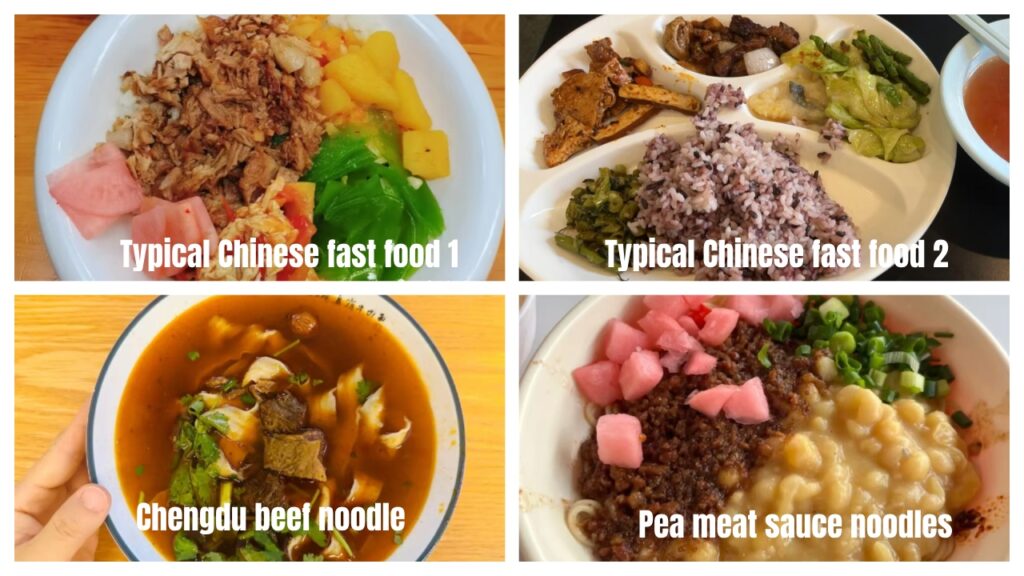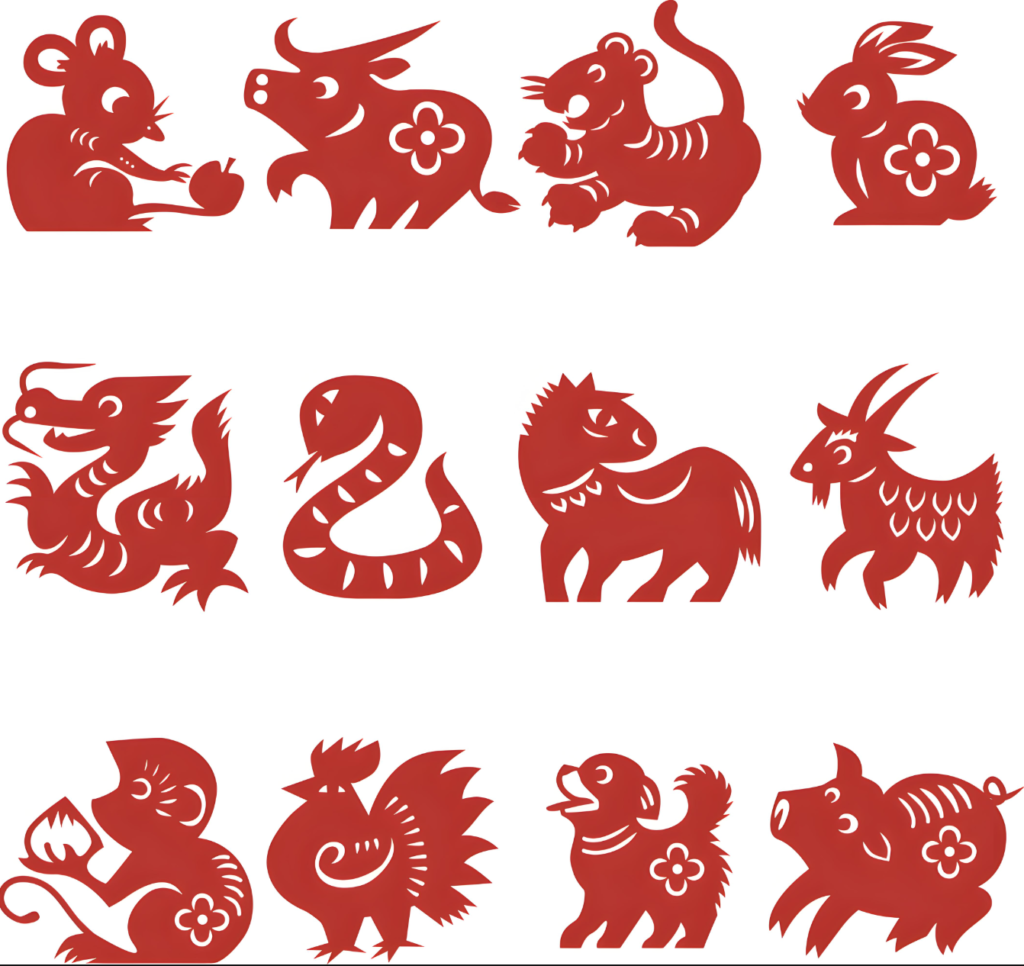Tariffs Hit Again
A few weeks ago, an ordinary morning – eating a curry beef stuffed bun, cell phone in hand. Then the push notification came. Trump has slapped new tariffs on Chinese goods.
The news exploded like a celebrity divorce or cheating. I almost choked on my bun. Were we screwed? Was our small business going to be a casualty in a geopolitical fight? Well …… not exactly. Everyone has an opinion. A whole bunch of unread messages on my WeChat.
“How’s it going over there?”
“Is this mess going to hit your business hard?”
Of course, these messages are all well-intentioned. But honestly, for most Chinese, this tariff farce is like a celebrity feud on Twitter – you hear about it, you make fun of it, but it doesn’t really change your dinner plans.
A couple friends and I manage a small product development and sales team. We make weird and wacky gadgets – innovative and niche – and sell them all over the world. The US happens to be our biggest market.
So when the news came, yes, I was a little confused. But only briefly, and soon we were back to work.
Back in February, we sent a large shipment of inventory to our US warehouse. This gave us some breathing room and a chance to observe. So while others were busy reading the fine print of the new policy, we were assessing how long our current inventory would last.
Tariffs Rising, Prices Too?
By the end of April, early signs of the impact began to show. Several of our logistics contacts shared notices of price increases. In one of our group chats, someone joked that sellers were teaming up to raise retail prices in tandem – some sort of informal price alliance.
A friend in the digital advertising industry – who is deeply involved in the Google ecosystem – said that most sellers are still waiting to see what happens. No one is willing to respond until they know how Customs will actually enforce the new rules.
Think Beyond the Tariffs
Initial conclusions from our discussion:
- Short term: we’re still breathing
Over the next three months or so, not much drastic change is expected. Most sellers still have inventory in their US warehouses. Shipping costs will likely climb during the next restocking cycle. For products with slim margins, that means higher prices.There’s always someone eager to raise prices-but nobody lines up to lose money.
But for those of us who design, develop, and manufacture (not just resell) our own products, it’s still affordable. We’re not thrilled, but we’re not that excited either.
- Medium term: moderate de-escalation or other solutions emerge
Trump is a businessman. Sure, he’s a dramatic businessman, but he’s a businessman no matter what. If you’ve read The Art of the Deal, you’ll recognize his formula: chest-thumping. Maximize the chips. Shout it out loud.
So I think this is more like using tariffs as leverage in a protracted negotiation.
In the end, the tariffs may go down slightly, but they won’t go away. Prices will go up, especially for basic commodities. And here’s the not-so-flattering truth: In most cases, U.S. consumers will bear the cost. Tariffs will raise inflation in the U.S. as well as pressure on President Trump.
Meanwhile, supply chains will continue to adjust. Workarounds will be created. Intermediaries will multiply.
- Long term: a strategy that can’t be wrapped around
Look five or ten years ahead. The U.S.-China relationship will not embrace each other. We won’t be at war, but we won’t be dancing together either.
It reminds me of what Huawei founder Ren Zhengfei said after Motorola pulled out of a potential acquisition deal:
“One day, we will meet again – on the same mountain.”
This was no metaphor. It wasn’t long before Huawei was fully engaged in the development of its own chips.
For those of us in cross-border trade, that meant looking beyond the U.S. to broader markets and cooler products. Localization is not only in language, but also in mindset. No one wants to be overly reliant on a single trade lane that could be shut down by a single tweet.
In short?
We’re not panicking. We’re adjusting.
We’re still shipping, still designing, still screwing up prototypes, and still criticizing Bezos from time to time. But now we’re focusing on customs policy while keeping an eye on Europe, Africa, or wherever the next opportunity might arise.
With or without a tariff war, business goes on. It’s just going to be with more irony and fewer shipping discounts.
Still wondering what ordinary Chinese people really think? You know where to go—Recent China.









